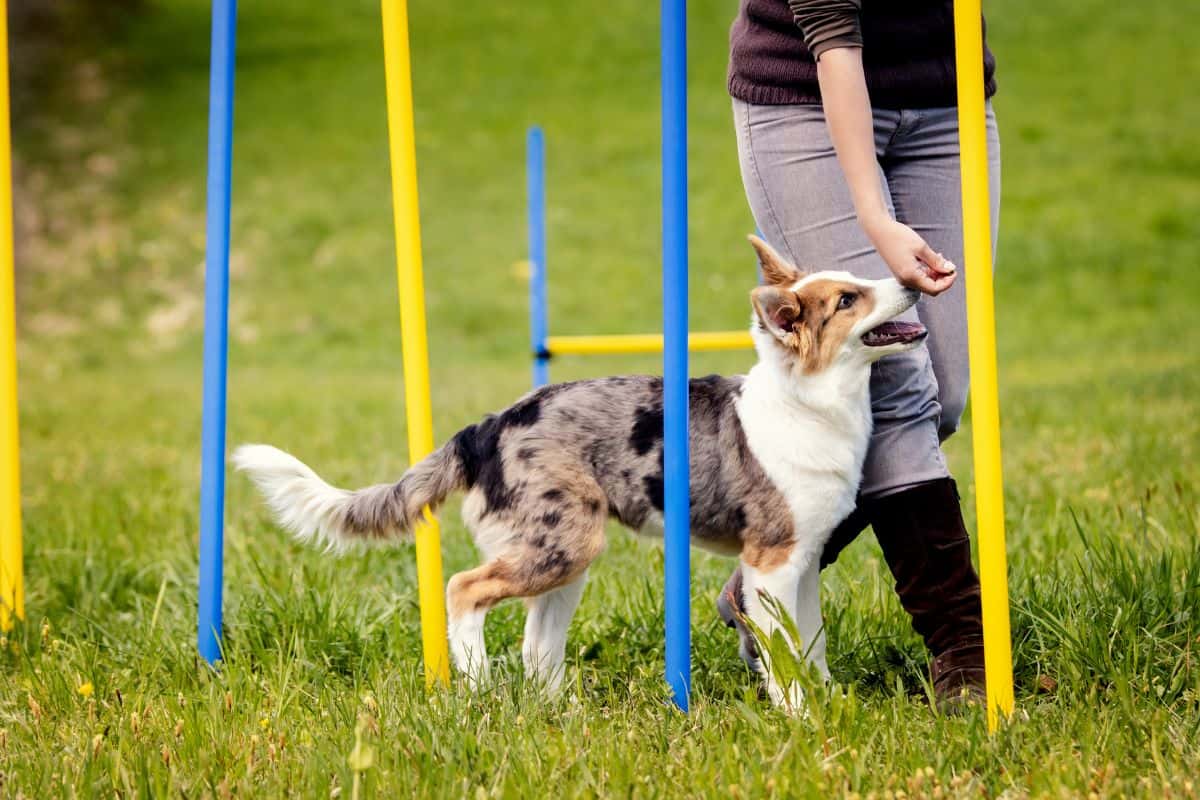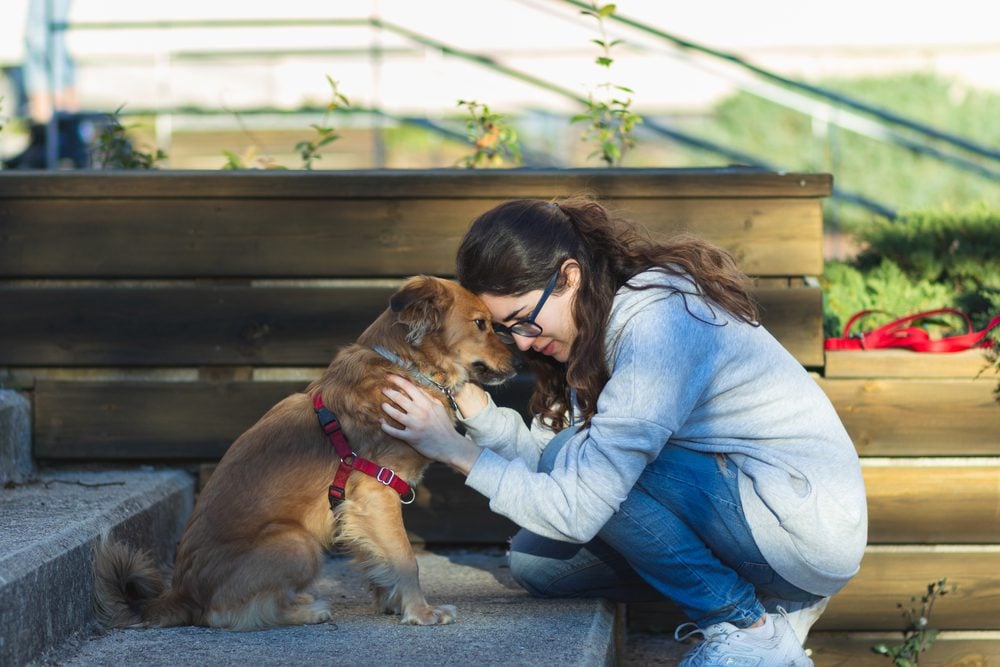
Techniques to Help Dogs Overcome Separation Anxiety
Share
As a responsible pet owner, grasping the complexities of training for dog separation anxiety is essential for the emotional health of your furry companion. By assisting your pet in managing their anxiety, you can greatly improve their overall well-being and foster a positive bond between the two of you.
Separation anxiety is a widespread problem that affects numerous dogs globally. It often surfaces as distress and problematic behaviors when dogs find themselves alone. Fortunately, there are effective training methods that can make your dog feel safer and more relaxed when you're not around.

What is Dog Separation Anxiety?
Before exploring training techniques, its vital to grasp what dog separation anxiety really is. Dogs suffering from this issue might bark excessively, chew on furniture, or even void in the house when left alone. These behaviors typically stem from their fears and anxieties surrounding separation from their owners.
Such actions disrupt your tranquility and signal considerable emotional turmoil for your dog. The reassuring news is that, with steady and patient training, you can guide your pet towards greater independence and calmness.
Identifying Signs of Separation Anxiety
Being able to recognize the signs of separation anxiety is the critical first step in addressing the problem. Common indicators include:
- Loud barking or howling
- Destructive habits like chewing on furniture
- Indoor accidents
- Pacing, drooling, or panting
- Trying to escape their confinement
Should you observe these signs, its time to take proactive measures. Starting a training plan promptly can prevent the situation from escalating.
Proven Techniques to Mitigate Separation Anxiety
Create a Secure Environment
Set up a safe and comfortable spot for your dog where they can feel at ease while you're gone. This area might include their favorite toys, cozy blankets, and even an item with your scent for comfort.
Gradual Departures
Begin by leaving your dog alone for brief intervals and slowly extend the time. This technique helps desensitize them to your absence and teaches them that you will always come back.
Positive Reinforcement
Encourage your dog for being calm during your departures and arrivals. Use treats or cuddles to reinforce that remaining calm is rewarding.
Mental and Physical Activity
Regularly engage your dog in both mental stimulation and physical exercise. A well-exercised dog is less likely to feel anxious when alone. Think about long walks, interactive play, or puzzle toys to keep them mentally stimulated.
Additional Resources for Support
If you seek more in-depth information, consider checking out how to deal with growling or referring to a professional. Platforms like Top 10 Dog Training Tips offer extensive insights for managing pet behavior.
In addition, organizations such as Dogs Trust provide invaluable advice and techniques on managing separation anxiety.
Conclusion
With commitment and a thoughtful approach to training for dog separation anxiety, you can assist your furry friend in developing confidence and security. Remember to stay patient; the journey may require repeating certain steps to reinforce positive behaviors.
By employing these proactive strategies, youre not only giving your dog the gift of tranquility but also strengthening your bond.

Frequently Asked Questions
What effective methods exist for managing dogs with separation anxiety?
Employing methods such as creating a safe space, gradual departures, and positive reinforcement can be quite beneficial in handling separation anxiety.
How long does training for separation anxiety generally take?
The training process is gradual and may take several weeks to months, depending on the dog's level of anxiety and responsiveness.
Is professional help valuable in extreme cases?
Absolutely; consulting a professional dog trainer or behaviorist can be greatly beneficial, especially for severe cases of separation anxiety that may require tailored approaches.
This article contains affiliate links. We may earn a commission at no extra cost to you.
